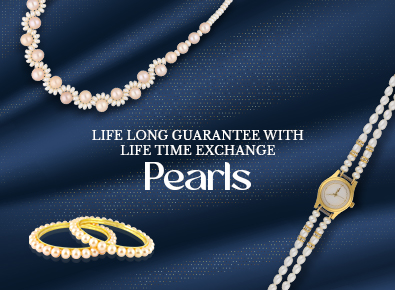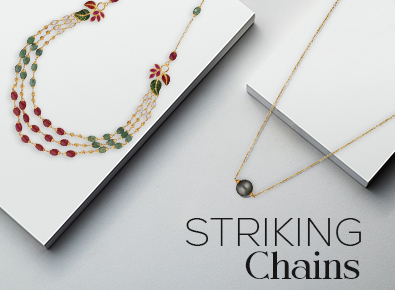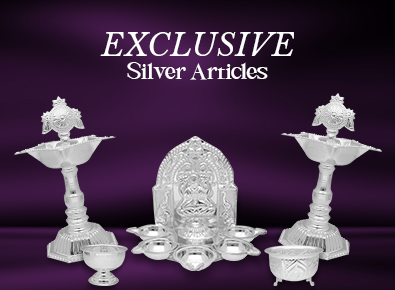Precious Metal Education & Guide
PRECIOUS METALS:
- Platinum
- Gold
- Silver
- Palladium
- Tungsten
Platinum
Platinum is a rare precious metal that’s used to create fine jewelry. Its heavy weight and durability make platinum a metal that will not wear away with constant use. Platinum holds fine gemstones firmly in place for the life of the jewelry when used as prongs and other setting components.
Platinum jewelry is very rare; in fact, 30 times more so than gold. Our platinum is 95% pure (5% iridium, palladium, ruthenium, and other alloys), and its purity makes it naturally hypoallergenic, ideal for those with sensitive skin issues.
Platinum’s natural white luster provides a rich backdrop for diamonds, but it’s a metal that’s just as elegant when used all by itself to create a piece of jewelry, either a simple polished item or a design with engraved motifs. Platinum looks stunning when combined with contrasting touches of 18K yellow gold. Since platinum does not face it is usually represented as a symbol of everlasting love and promise.
Platinum’s Platina:
Though it is the strongest of jewelry metals, platinum can incur a scratch and develop a platina of wear. The patina is considered by many to be a unique and often desirable attribute. However, the pre-patina shine and reflective luster can easily be revived by merely buffing it with a soft cloth. You can clean platinum with a soft bristled brush and a mild solution of warm soapy water.
GOLD:
Gold has an extraordinary heritage with unique qualities. It is a metal which is being made into jewellery for more than 6000 years. Naturally found in a distinct yellow color, gold is resistant to rust, tarnish, and corrosion. Although gold is very strong, it’s also the most flexible of all precious metals.
Purity:
Pure gold is too soft for everyday wear, so it is alloyed with a mixture of metals like silver, copper, nickel, and zinc to give it strength and durability. Karatage, denoted by a number followed by “k” indicates purity, or how much of the metal in a piece of jewelry is gold. Karatage is expressed in 24ths, making 24k gold, 100% gold. We craft our jewelry using both 18k and 14k gold. 18k gold is composed of 75% gold, which is alloyed with other metals to make it strong enough for everyday wear. 14k gold is composed of 58.3% gold and 41.7% of other metals.
Color:
The color of gold is determined by two factors:
- The type of metal alloys included
- The percentage of each metal alloy
Yellow Gold:
Natural gold and color-saturated alloys are what give yellow gold jewellery its rich shine. Its signature warmth is gotten from an expert mixture of copper, silver and pure gold. White Gold:
A silvery white character is what makes white gold jewellery so appealing. In order to make the gold white, it is combined with metal called rhodium. Although strong, rhodium wears away over time. Replating can be done to restore whiteness to your jewelry.
White Gold with Black Rhodium:
Black rhodium is plated to white gold creating a rich black appearance that is extremely hard and strong. As with traditional white rhodium, black rhodium may wear away over time. Replating is a simple process to restore black finish.
Rose Gold:
The beautiful pink hue is made by using a copper alloy. Again, the overall percentages of metal alloys is the same for rose gold as it is for yellow or white, there is just a different mixture in what alloys are used.
Vermeil:
Rich in golden color, many of our fine jewelry pieces are crafted with vermeil. The industry standard definition of vermeil is sterling silver that is plated with 10k gold with a minimum of 2.5 microns in thickness for longwearing durability.
Care:
Since gold is a natural element, it is affected by harsh chemicals such as chlorine or other cleaning products. To clean gold jewelry, use a solution of warm water and detergent-free soap with a soft-bristled brush. When not worn, store your gold pieces in soft cloth bags or the original box.
SILVER
Jpearls uses sterling silver to make some fine silver jewellery. Each piece of jewellery is crafted with best craftsmen to give you classic designs.
This guide will help you learn to identify quality in silver jewelry and accessories.
STERLING SILVER:
Pure silver, also called fine silver, is relatively soft, very malleable, and easily damaged so it is commonly combined with other metals to produce a more durable product. The most popular of these alloys is sterling silver, which consists of 92.5 percent silver and 7.5 percent copper.
Acceptable quality marks for sterling silver include:
- sterling
- sterling silver
- ster
- .925
Care:
With proper care, your fine quality silver will last a lifetime. Keep your silver jewelry either in a cloth pouch or in a separate compartment in your jewelry box. Avoid exposing your silver to bleach or ammonia, or when swimming in chlorinated water, as these chemicals can damage silver. Care should also be taken to prevent silver tarnish build-up, a dulling that naturally occurs when silver reacts with sulfur or hydrogen sulfide in the ambient air. To clean your silver, use polishes formulated specifically to remove tarnish.
PALLADIUM
Palladium, one of the rare metals in the world, is a member of the Platinum Group Metals. These metals are also referred to as “Noble Metals” due to their superior ability to withstand corrosion and oxidation. Palladium is lighter in weight than Platinum. A naturally white metal, Palladium is hypoallergenic, will not tarnish and remains white forever. Palladium is 95% pure when used in jewellery, is extremely durable and does not require alloy metals and/or plating for protection, which ensures that it will remain white as long as you own your jewellery,
TUNGSTEN
Tungsten is a metal that will last for life. Tungster carbide jewellery is created from an alloy of 80% elemental Tungsten and 20% Carbon alloyed with other metals. Tungsten is of two types: a classic gray and a lustrous white.
Tungsten is exceptionally strong, hypoallergenic, highly scratch-resistant, and tarnish-resistant with a substantial feel in weight. It is ideally suited for someone with an active lifestyle.
Care
Since tungsten and carbon are natural elements, this jewellery will be affected by harsh chemicals such as chlorine or other cleaning products. We recommend that you remove your jewellery when using chemicals to reduce daily abrasions and prolong the polish. To clean tungsten carbide jewelry, use a solution of warm water and detergent-free soap with a soft cloth. When not worn, store your tungsten pieces in soft cloth bags or the original box. Polishing
The tungsten alloy used in jewellery is extremely hard, so it does not scratch easily. If scratched, the jewellery piece will need special reconditioning. At Jpearls, we would be glad to assist you on the same.







